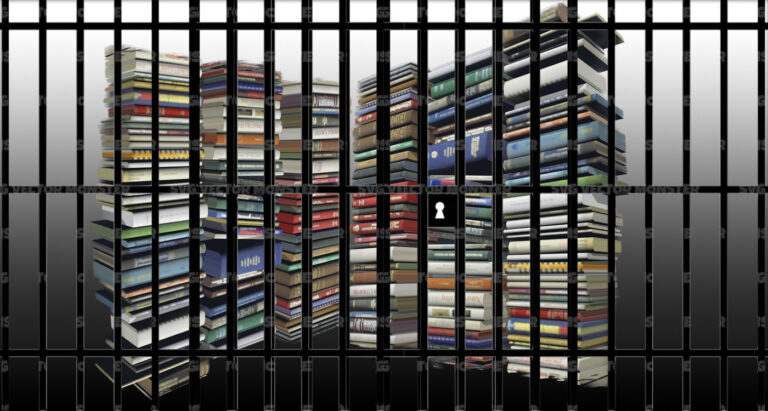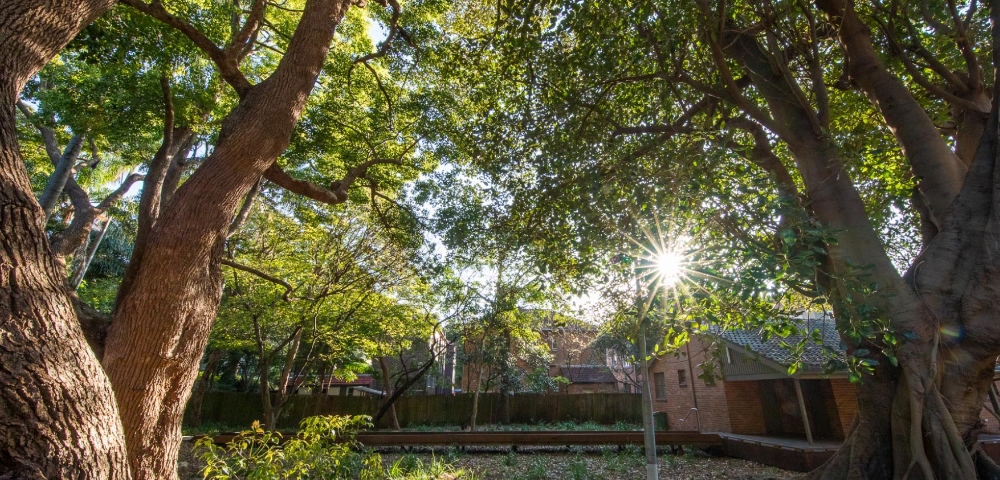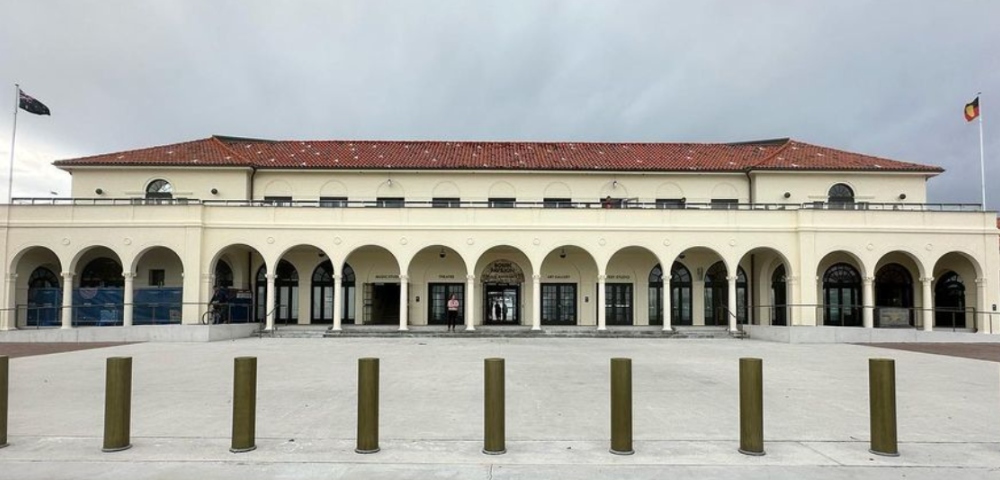
What now for Labor?
Kristina Keneally’s best speech of her premiership was the one she made after phoning Barry O’Farrell to concede. At the Randwick Labor Club party supporters were surprised at her frankness as their leader spoke from the heart: “After 16 years … they didn’t leave us, we left them!”
The last four years especially have seen an abandonment of traditional Labor values in NSW: looking after ordinary people, not only unemployed and pensioners but wage-earners and small business people. So what does this party need to do to regain voters’ trust?
First, there must be an end to perceived corruption. The public is sickened by reports of how much large development companies have donated to both parties and then seeing development applications taken away from local councils to be approved by a planning minister. Similar problems exist with mining permits and hotel late night trading. The “generosity” of these interested groups to party funds has become a major irritant for voters. Labor’s right wing dispensed with traditional Labor values, focussing on power and fundraising – no longer the sausage sizzle and chook raffle.
Factions have long been part of political life but in recent decades their influence has become toxic. Placement of young lieutenants in key positions at Party headquarters was already common but this practice would become part of the influence of the sub-faction led by Eddie Obeid, the Terrigals. Branches were stacked with members who would vote as directed in pre-selections. The Terrigals required loyalty and obedience from right wing candidates who, when elected, soon realised they had to stick by their faction if they wanted to survive. When Premier Bob Carr tired of the control Obeid exercised and tried to eject him from his Upper House seat, he found Obeid held all the aces and had to back off.
This Terrigal influence has had a deleterious effect on government. With right wing ministers so reliant on bureaucrats, themselves controlled by Treasury and the RTA through the Cabinet Office, the state government became strongly centralised under the firm hand of Treasury boffins and the RTA, both antagonistic to any expansion of public transport.
The few ministers of ability were stand-outs like Carmel Tebbitt as health minister and Verity Firth, who stood up to Treasury on at least two occasions (especially when Treasury covertly arranged that schools charge rent for parent-run After School Centres). These ministers have been mostly from the left and cold-shouldered by the factional system. Paul Pearce, with years of valuable local government experience, could have made a considerable contribution as a Minister but had to watch far less capable people appointed until the changing demographic saw him replaced by another former mayor, Bruce Notley-Smith of Randwick.
Graham West, Minister for Juvenile Justice and Minister for Youth, could have made a bigger difference but Treasurer Eric Roozendaal turned down requests for modest funding for homeless youth. West did not stand again and his Campbelltown supporters, in sympathy, opted for a Liberal policeman instead.
New Labor leader John Robertson is loudly holding the Liberals to account but those who elected him are expecting him to hold his own party to account and clean it out. Abolishing the Terrigals could end many problems, including branch stacking and selection of compliant, rather than capable, members. But will this happen?









